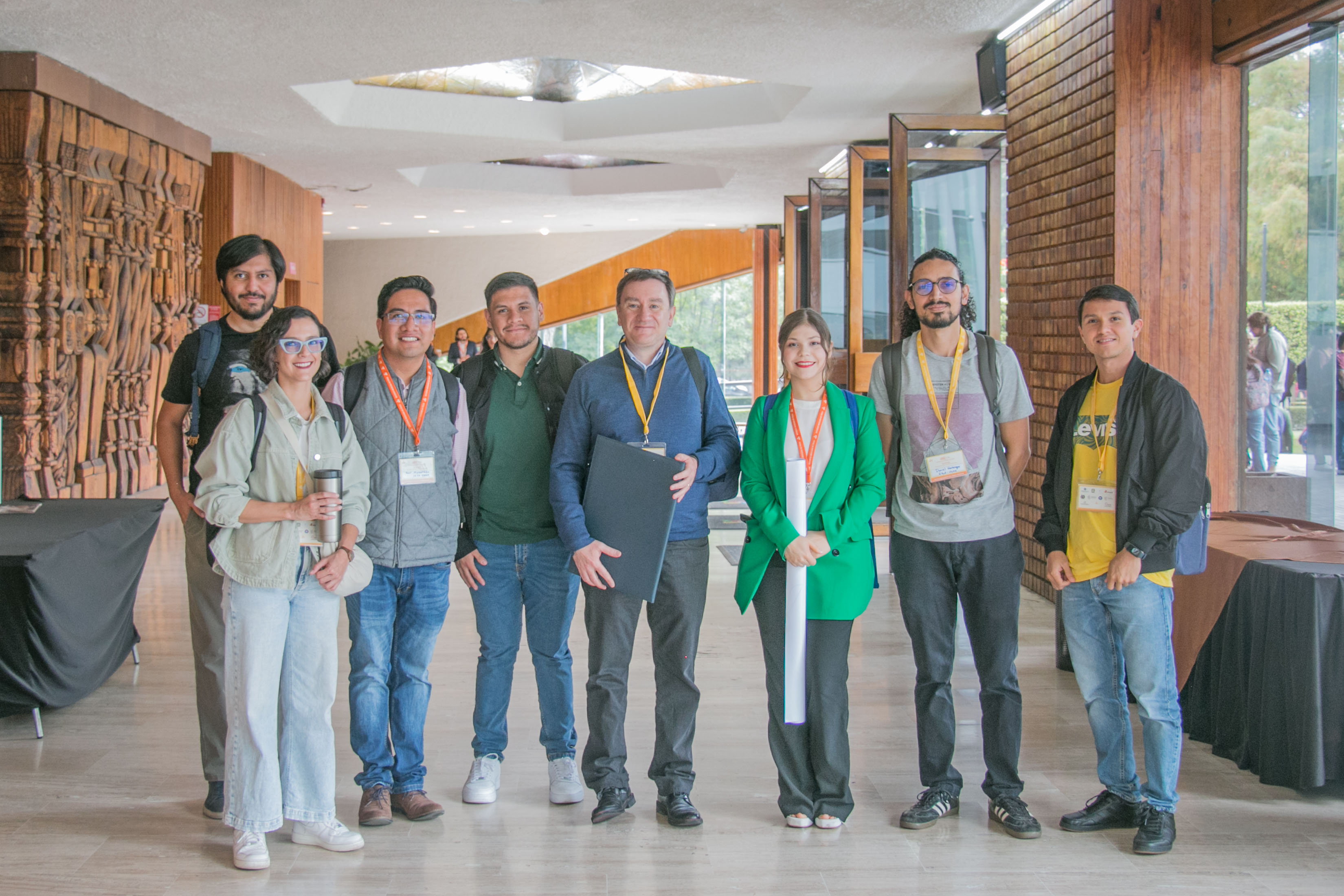Dr. Laurent Loinard from the Institute of Radio Astronomy and Astrophysics (IRyA) at UNAM Campus Morelia received the 2023 Scientific Research Award, given by Mexican Society of Physics (Sociedad Mexicana de Física, SMF).
The SMF 2023 Awards Committee mentioned in a statement that the award is presented “for his contribution to advancing the study of the formation and youth of stars and planetary systems, the chemistry of the interstellar medium and the environment of supermassive black holes.” The award was presented on October 9 in a ceremony within the Mexican National Physics Congress 2023, which takes place this week at the Morelia Convention and Exhibition Center.
Dr. Loinard is a full-time researcher at IRyA, and has been part of UNAM since 2000. Among his contributions are the ultra-precise measurements of distances to regions where new stars are being born, using a technique called radio interferometry, which uses several radio wave receiving antennas that work together to obtain information with higher resolution, i.e., with a higher level of detail.
This same technique was used to obtain the first image of a supermassive black hole, at the center of the galaxy M 87, and also the first image of Sgr A*, the supermassive black hole at the heart of our galaxy, the Milky Way. These images were obtained by the Event Horizon Telescope (EHT) collaboration, an international consortium of which Dr. Loinard is participant.
Dr. Laurent Loinard career
Dr. Laurent Loinard obtained his bachelor’s degree in physics at the University Joseph Fourier in Grenoble, France and received his PhD from the same institution working as a predoctoral fellow at the Harvard-Smithsonian Center for Astrophysics and the Space Telescope Science Institute (STScI). He has been a researcher at the National Autonomous University of Mexico since 2000.
Dr. Loinard is known for his use of radio interferometry techniques to measure ultra-precise distances to young stars in star-forming regions. He also carries out research on the formation and early stages of stars, the chemistry of the interstellar medium and the environment of supermassive black holes. He is a member of the Event Horizon Telescope Consortium, which published the first images of the black hole at the center of the giant elliptical galaxy M87.
He was awarded the Reconocimiento Distinción Universitaria Nacional para Jóvenes Académicos by the UNAM, a Guggenheim fellowship, and a Friedrich Wilhelm Bessel Research Award from the Alexander von Humboldt Foundation. Recently, as a member of the EHT Consortium he shared the Bruno Rossi prize from the North American Astronomical Society, the Albert Einstein medal, and the Breakthrough Prize 2020. He recently received the Michoacán State Science Award 2023.
About IRyA, UNAM
The Instituto de Radioastronomía y Astrofísica (IRyA), or Institute for Radioastronomy and Astrophysics is an academic unit at UNAM, Campus Morelia, Mexico. We perform high-level and high-impact research in the areas of interstellar medium, star formation, evolved stars, high energy astrophysics, Galactic dynamics and structure, extragalactic astronomy and cosmology. We contribute to the education of high-level human resources through a postgraduate program, and we have close contact with society through diverse outreach programs.
If you are interested in our Institute, visit the English version of our webpage, www.irya.unam.mx/web/en
Media contact:
Dr. René A. Ortega Minakata
Outreach and Science Communication
IRyA UNAM Campus Morelia
Text: IRyA UNAM
Photos: Ernesto Mata Plata / SMF
SMF 2023 Awards Minutes (in Spanish):
https://smf.mx/acta-de-premios-smf-2023/






